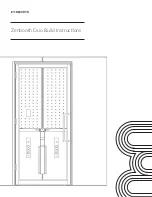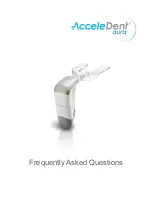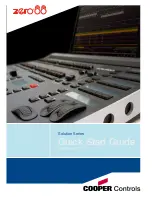
26
CLEANING THE TC-512
Prior to cleaning the thermal cycler it is important to disconnect the unit from the power supply and if
it has been in use allow both the block and heated lid to cool to below 50°C prior to attempting to
clean it.
The peltier block, in particular the sample wells should be cleaned regularly to ensure that the
maximum heat transfer from the block to the sample occurs. The block should be cleaned if a spillage
occurs before the instrument is used again. Use a cloth or cotton bud dipped in 50% propan-2-ol
solution (diluted with water) to clean the block ensuring that no deposits are left in the wells of the
block.
The case and screen of the thermal cycler can be cleaned using water, ethanol, hexane or 50%
methanol (diluted with water). Neither the case nor screen should be immersed in the liquid. Solvents
such as acetone should not be used and neither should abrasive cleaners.
If the thermal cycler is being used with any radioactive substances, the peltier block which is made of
aluminum, should be cleaned with an agent which is suitable for nonferrous metals, such as Neutracon
(from Decon Labs Ltd). However, remember that other parts of the unit are made of ferrous materials
and may be damaged by spillage onto them. Neutracon should be used according to the
manufacturer's instructions.
REMOVING THE BLOCK
The thermal cycling block can be removed for detailed cleaning or replacement.
First ensure that the unit is disconnected from the power supply and has been allowed to cool if the
unit was previously in use. The two quick release handles located at the front and back of the block are
used to unlock the block. The padlock symbols indicate the direction in which to slide the handles:
Computer
Adapter (if necessary)
Computer connector/
RS485 converter
Select “Daisy Chain”
Select “Termination Box”
Cables
On each unit select RS485 (up position)
TC512 Techne Manual 19/12/08 3:30 PM Page 28
















































